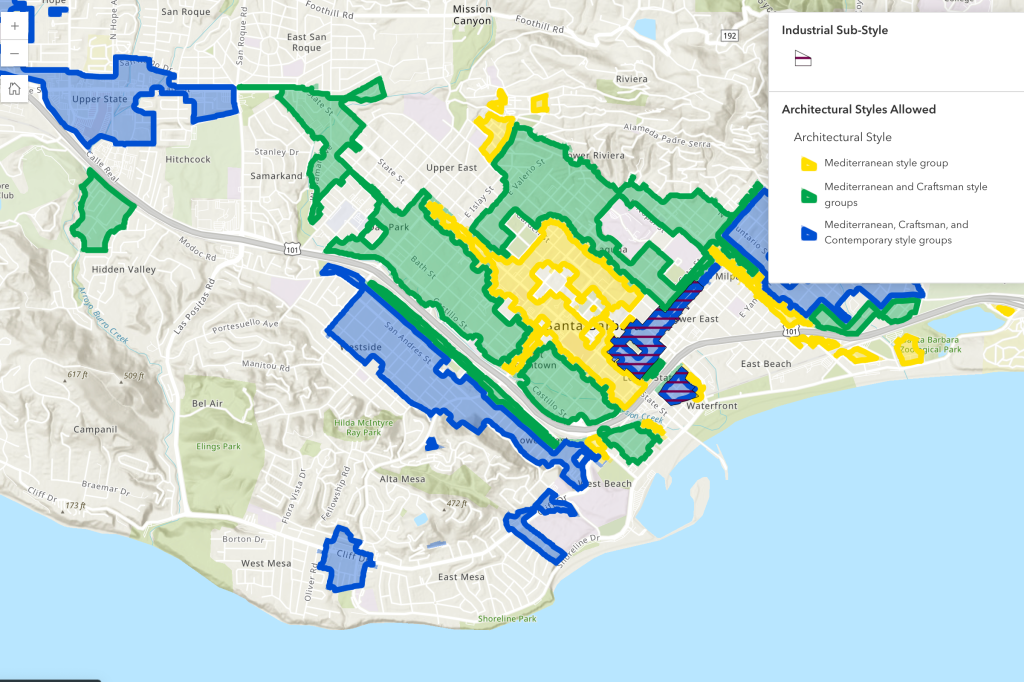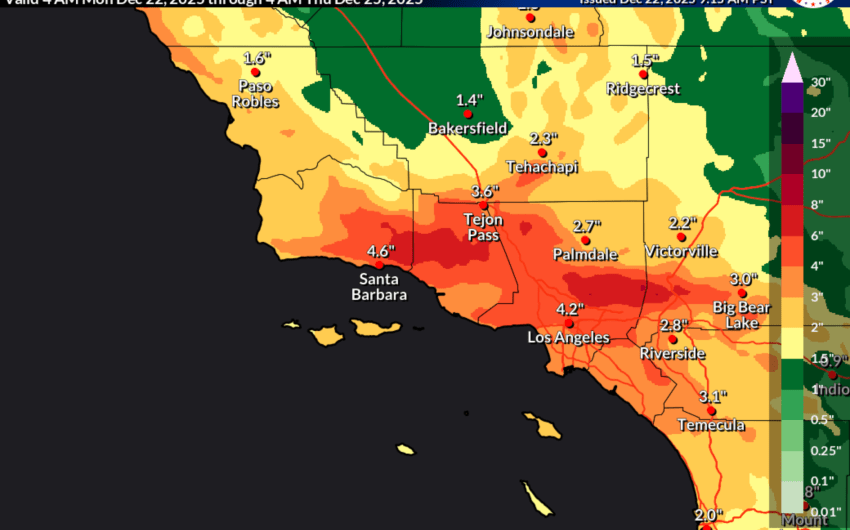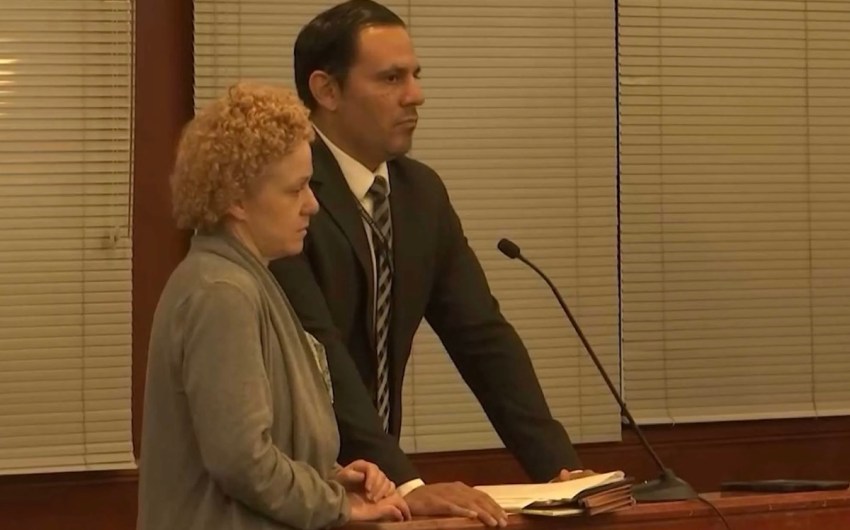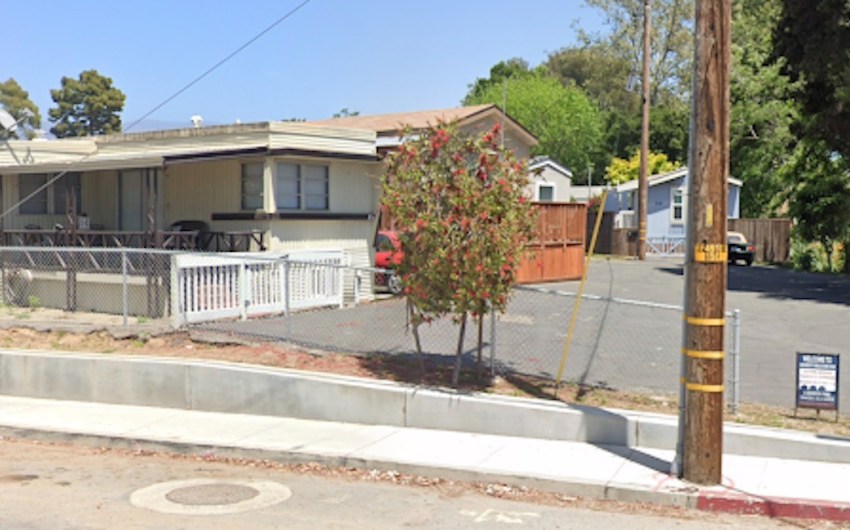For decades, Santa Barbara’s notoriously nitpicky review boards have made navigating the city’s design approval process a gauntlet for potential developers. The subjective “discretionary review” — intended to preserve the city’s historical and architectural integrity — gave boardmembers a loose set of standards, often based on whether the project “fit the character” of the surrounding neighborhoods.
But over the years, pressure to provide more housing has placed a spotlight on the slow-moving review process, and as the state pushed legislation to streamline approvals as much as possible, the city began pursuing a more consistent, objective set of standards that would allow developers to move quickly through the system as long as they checked all of the necessary boxes.
In 2021, the city received a $300,000 grant from the State Department of Housing and Community Development (HCD) to draft this set of Objective Design and Development Standards in compliance with new state laws. A workgroup made up of members of the city’s Architectural Board of Review, Historic Landmarks Commission, Planning Commission, and the American Institute of Architects worked to research and craft the set of standards, which were tweaked with further review, public input, and revisions over the course of the past three years.
Last week, the city planning team presented the proposed final draft to the Planning Commission, revealing the outline for the new system of objective review, which offers a streamlined and predictable path for housing projects that meet certain design principles.

“The intent is to make the requirements for housing projects more predictable and easier to interpret for everyone — decisionmakers, staff, applicants, and the public,” said city planner Rosie Dyste.
The resulting standards, detailed in a 462-page document, can be simply broken down into five zones with different “intensity levels” — medium neighborhood, large neighborhood, mixed-use corridor, downtown edge, and downtown core — and three basic architectural style groups: Mediterranean, Craftsman, and Contemporary. The architectural styles cover more specific options, such as Santa Barbara’s traditional Spanish Colonial Revival and Italian Mediterranean styles, cottage style, and industrial (only allowed in the Funk Zone and Haley Street corridor).
During public comment, several members of the workgroup, including architect Cass Ensberg, shared their support for the objective pathway, though there were concerns that allowing developers to use the often-cheaper contemporary designs would lead to a wave of modern-looking buildings in the city. Instead, Ensberg suggested that any projects using a contemporary style “are better to go the route of the traditional design review.”
The Planning Commission heard these concerns, and though they preferred keeping contemporary style as an option in some parts of the city — such as upper State, where modern architecture is already common — the board directed staff to remove contemporary style as an option in the Eastside and Westside neighborhoods.
Commissioner Devon Wardlow, who agreed with the decision to remove contemporary styles in those areas, also wanted to ensure that affordable housing projects would be able to take advantage of the streamlined review. “Are we feeling confident that the majority of projects, specifically affordable projects, are going to be able to fit and use this process?” she asked.
In a unanimous decision, the commission voted to direct staff to make a few changes to the document — removing contemporary as an option from the Eastside and Westside, clarifying that projects using state density bonus would still be able to use their waivers during objective review, and prioritizing affordable housing — and return on August 29 for approval.











You must be logged in to post a comment.